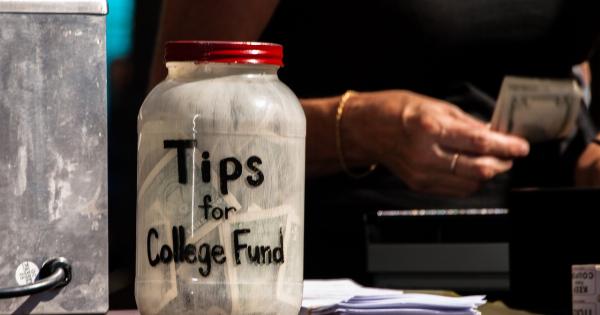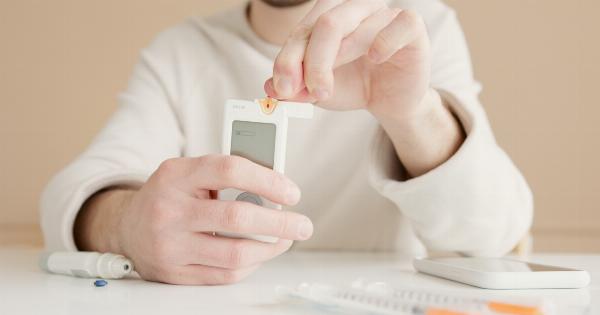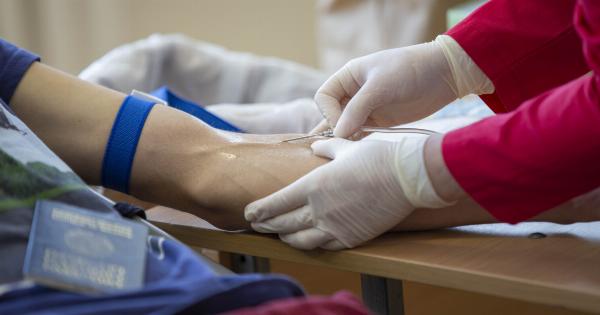Donating blood is a vital act of kindness and generosity that can save lives.
Each blood donation has the potential to help multiple individuals in need, including those suffering from serious medical conditions, undergoing surgeries, or involved in emergencies. By understanding the process and what happens each time you donate blood, you can feel confident and informed about your decision to contribute to this life-saving endeavor.
Eligibility and Preparation
Before donating blood, it is important to determine whether you are eligible. Eligibility requirements may vary depending on the country and specific blood donation organization.
Generally, donors must be in good health, between the ages of 18 and 65, and meet certain weight requirements. To ensure your eligibility, organizations may inquire about your medical history, medications you are taking, recent travel, and potential exposure to infectious diseases.
If you meet the eligibility criteria, you should prepare for your blood donation appointment.
It is recommended to eat a healthy meal and drink plenty of fluids beforehand to maintain your blood volume and prevent dizziness or fainting during or after the donation. It is also essential to get a good night’s sleep and avoid alcohol or excessive caffeine intake before your appointment.
Registration and Screening
Upon arriving at the blood donation center or mobile donation unit, you will be required to go through a registration process. This involves providing personal information, such as your name, contact details, and identification documents.
You may have to fill out a questionnaire regarding your health and recent activities that could affect your eligibility to donate.
After registration, you will undergo a confidential screening process conducted by a medical staff member. This screening aims to ensure the safety of both the donor and the recipient of the blood.
The screening may involve measuring your blood pressure, pulse rate, and hemoglobin levels. A drop of blood obtained from your fingertip may be tested to determine your blood type and check for anemia.
Donation Process
Once you have successfully completed the screening, you will be guided to a donation area. A phlebotomist, a trained professional in drawing blood, will cleanse your arm with an antiseptic and insert a sterile needle into a vein, usually in your arm.
The needle used is a sterile, single-use needle that will collect your blood into a specialized bag or container.
The amount of blood collected varies depending on the donation type. In a whole blood donation, approximately one pint (around 470 ml) of blood is collected.
In other types, such as platelet or plasma donation, specific components are separated and collected while the remaining blood components are returned to your body.
The actual blood donation process typically takes 8 to 10 minutes. Throughout the process, phlebotomists ensure your comfort and well-being.
It is common to experience a slight pinch or stinging sensation when the needle is inserted, but this discomfort is minimal for most donors.
Post-Donation Recovery and Care
After the donation is complete, the phlebotomist will remove the needle and place a sterile dressing on the puncture site to stop bleeding.
You are advised to apply gentle pressure to the site and keep your arm straight for a few minutes to aid in clotting. It is recommended to refrain from heavy lifting or vigorous exercise for the next 24 hours and to avoid strenuous activity altogether.
A refreshment area is usually provided for donors to rest and replenish their fluids and energy.
It is important to drink plenty of fluids and eat a snack or meal after donating blood, as this helps the body recover and replace the lost fluids and nutrients.
Blood Testing and Processing
Once you have donated blood, the collected sample undergoes several tests and processing procedures to ensure its safety and suitability for transfusion.
The blood is subjected to tests for infectious diseases, including HIV, hepatitis, and syphilis, among others. These tests are critically important for preventing the transmission of diseases through blood transfusions.
After testing, the donated blood is separated into different components, such as red blood cells, platelets, and plasma. Each component can be used to treat different medical conditions.
The separation process may involve centrifugation or specialized filtration systems. This step allows the blood to be used efficiently and optimizes the lifesaving potential of every donation.
Impact and Benefits of Donating Blood
Donating blood has a significant impact on the lives of those in need. Blood transfusions are essential for patients with various conditions, including cancer, severe injuries, and surgeries.
By donating blood, you directly contribute to the well-being and recovery of these individuals, potentially saving their lives.
In addition to the immediate benefits for recipients, donating blood also comes with various health advantages for the donors themselves.
Regular blood donation helps stimulate the production of new blood cells and reduces excess iron in the body, which can improve cardiovascular health. It is also an opportunity for donors to receive a free mini-physical examination, as their blood pressure, pulse rate, and hemoglobin levels are monitored during the screening process.
Conclusion
Donating blood is an incredibly valuable act that has a profound impact on society. By knowing the process and what happens each time, you can make an informed decision to donate blood and potentially save lives.
Remember, eligibility, preparation, registration, screening, and post-donation recovery are all vital steps within this selfless act of giving. The time and effort spent in donating blood can truly make a significant difference.





















